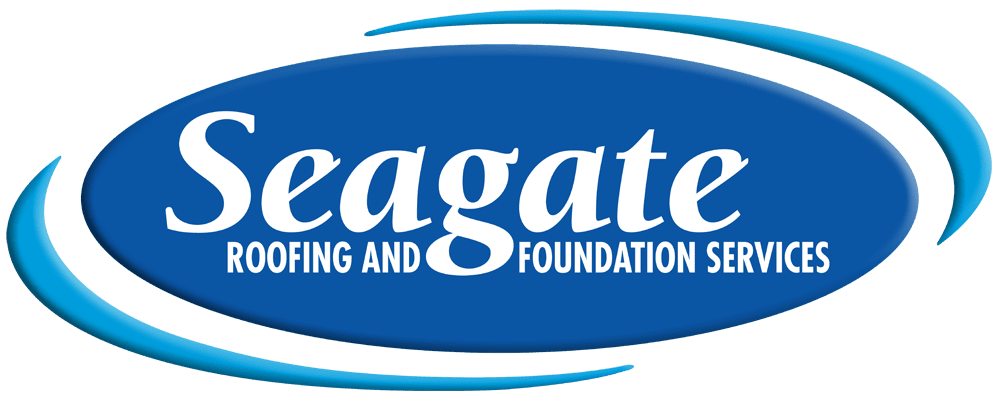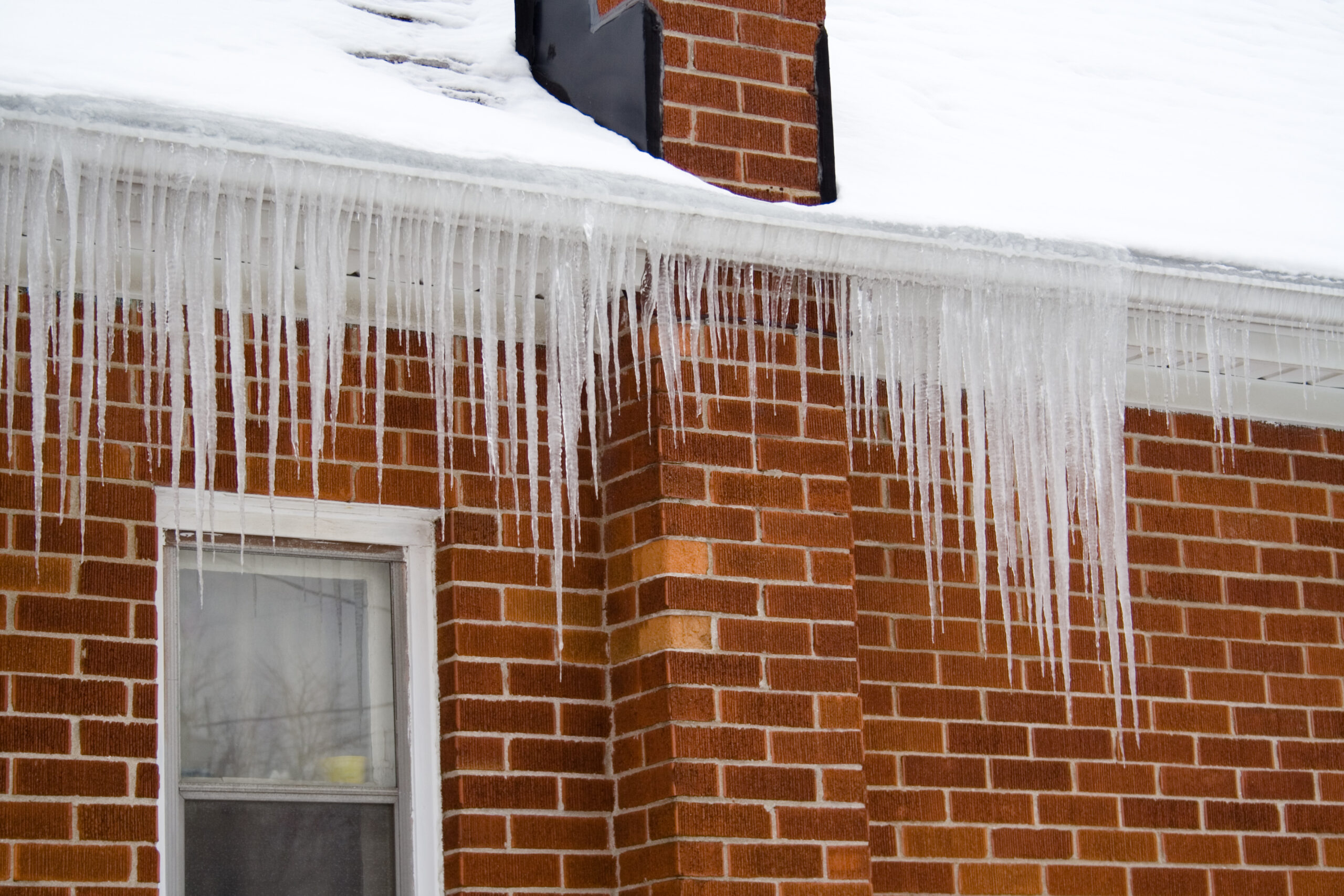As winter blankets our area with snow, ice, and rain – many homeowners face the daunting challenge of dealing with ice dams. These icy barriers that form along the edges of roofs can lead to serious problems such as leaks, water damage, and compromised insulation. Below are some of the various factors that contribute to its formation.
- Inadequate Insulation: One of the primary culprits behind ice damming is inadequate insulation. When a roof lacks proper insulation, warm air from inside the house rises and escapes through the roof, causing the snow on the roof to melt. As this melted snow reaches the colder edges of the roof, it refreezes, forming a barrier of ice.
- Poor Ventilation: Proper ventilation is crucial for maintaining a balanced temperature in your attic and preventing ice dams. Inadequate ventilation can trap warm air in the attic, leading to uneven melting of snow on the roof. This imbalance creates the perfect conditions for the formation of ice dams.
- Roof Pitch and Design: The pitch and design of a roof play a significant role in ice dam formation. Roofs with a shallow pitch or those with intricate designs and valleys are more susceptible to ice damming. These areas tend to accumulate snow and ice, making it difficult for the melted snow to drain off properly.
- Temperature Fluctuations: Fluctuating temperatures during winter can also contribute to the formation of ice dams. Days with warmer temperatures may lead to partial melting of snow, which then refreezes during colder nights. This cycle can build up layers of ice along the roof’s edges over time.
- Clogged Gutters and Downspouts: Blocked gutters and downspouts can impede the proper flow of melted snow and contribute to ice damming. When these drainage systems are clogged with debris, water can accumulate and freeze along the roof’s edges, exacerbating the problem.
- Lack of Sun Exposure: Homes that are heavily shaded or receive limited sunlight are more prone to ice damming. The absence of direct sunlight hinders the natural melting of snow on the roof, providing an opportunity for ice dams to form and persist.
Understanding the causes of ice damming is the first step in preventing this winter woe. By addressing issues related to insulation, ventilation, roof design, and maintenance, homeowners can minimize the risk of ice dams and protect their homes from potential damage. Regular inspections and proactive measures during the winter months can go a long way in ensuring a safe and secure home environment.
Reach out to us today for expert advice and solutions to keep your home safe!

